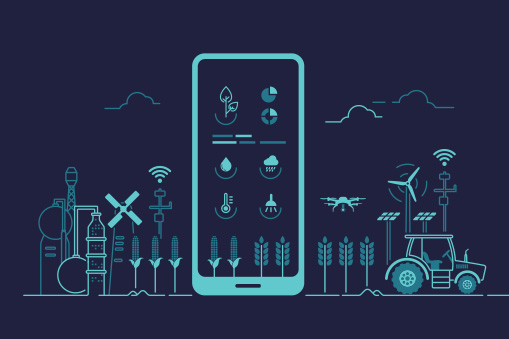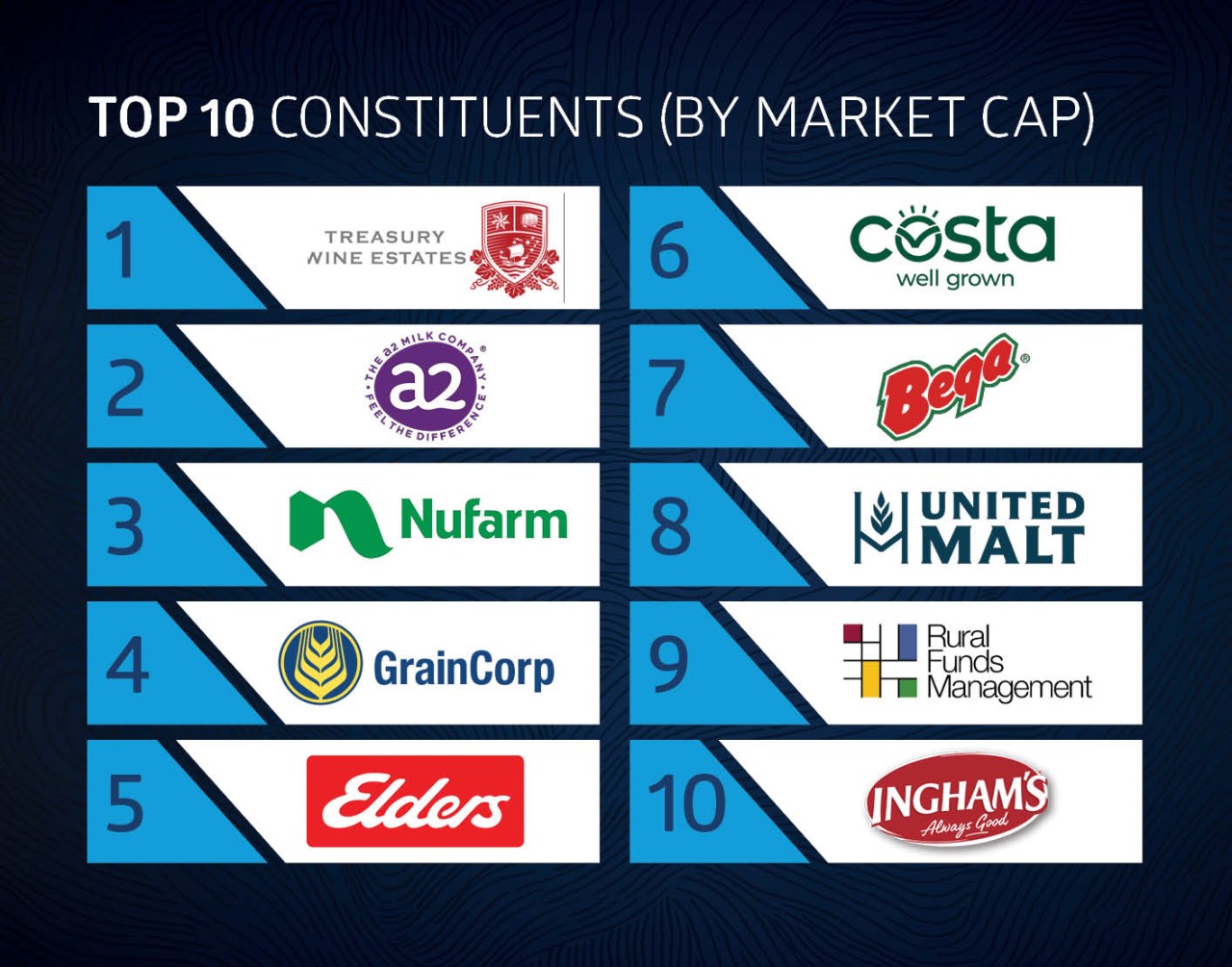Agribusiness has always been an iconic part of ASX’s history and identity. From the origins of our derivatives market as the Sydney Greasy Wool Futures Exchange through to today’s capital markets, ASX’s involvement in the agribusiness sector is broad and deep.
Over the coming decades, primary industries, such as food and fibre will be shaped by multiple interacting changes and challenges. In a recent ABARE report[i], five megatrends were identified that are shaping the primary industry sector in Australia and globally. These are:
- Accelerating planetary climate risks. Climate and commodity prices will become more volatile, while emerging markets for carbon and ecosystem services could transform landscapes and business models.
- Booming consumer growth and demand. A growing, empowered middle class in Asia will demand higher volumes and quality of food and fibre, including more protein – with rising expectations for health, provenance, sustainability, and ethics.
- Conflict complexity and competition. International trade and geo-political relations – along with food and fibre markets, supply chains and relationships – will all become more complex as nations compete for dominance and security.
- Exponential advances in technology. Exponential advances in digital technology, automation, genetics, and synthetics will disrupt and change how food and fibre products are made, marketed, and delivered. E.g. – source-to-table tracking.
- Demand for capital. Maintaining profitable and competitive food and fibre enterprises will require innovation and change, leading to increased demand for capital at all stages in the value chain.
Role of indices
Financing this dramatic transformation in primary production will necessitate and drive increasing demand for capital and investment.
Indices play an important role in attracting investment capital and enabling market performance to be measured and monitored. Most people are familiar with ASX’s key market indices – such as the S&P/ASX 200 Index or one of the many sector-specific indices such as the S&P/ASX 200 Resources Index or the S&P/ASX All Technology Index, which was launched in February 2020.

Inclusion in an index means a greater profile for the index constituents. Importantly, it attracts investment from passive and active index-tracking managed and Exchange Traded Funds (ETFs). Given the prominence of the agribusiness sector in Australia, it is perhaps surprising that until now, there hasn’t been a benchmark representative of the sector.
In partnership with S&P Dow Jones Indices, ASX has launched the S&P/ASX Agribusiness Index (or AgBiz Index for short), setting a new benchmark for monitoring the performance of ASX-listed primary production companies across a range of different subindustries.
The AgBiz Index constituents are drawn from the top 1,000 ASX listed companies (by free-float adjusted market capitalisation). The index not only contains agricultural product producers but will also contain constituents from fertilizer and agricultural chemicals, paper products, food distributors, brewers, distillers and vintners, packaged foods and meats, pharmaceuticals (including medicinal cannabis), water utilities, and rural land Australian Real Estate Investment Trusts (A-REITs).
The Index has a single index constituent cap of 10% to ensure no single company dominates. Launched as an end-of-day index on 31 May 2022, it converted to a real-time index on 1 July, enabling fund managers to track performance accurately to market moves during the trading day.
As at the May 2022 rebalance, there were 25 constituents – the largest five being Treasury Wine Estates (ASX: TWE), A2 Milk Co (ASX A2M), Nufarm (ASX: NUF), GrainCorp (ASX: GNE), and Elders (ASX: ELD).
The AgBiz index also contains other familiar household names such as Costa Group Holdings (ASX: CGC), Bega Cheese (ASX: BGA), Australian Agricultural Company (ASX: AAC), Inghams Group (ASX: ING), Tassal Group (ASX: TGR), Bubs Australia (ASX: BUB) and Lark Distilling Co (ASX: LRK).
An interesting aspect of the Index is its performance during periods of market stress. Consider the period February 2020 to March 2020 – the beginning of the COVID-19 pandemic, which saw a sudden and broad market correction. From the market peak of 20 February to the trough of 23 March 2020, the Index had one of the smallest falls of all sectors on the ASX.

Through the S&P/ASX Agribusiness Index, ASX is bringing greater awareness to this important sector and supporting agribusinesses to grow and prosper by enabling them to tap into one of the deepest pools of investment capital worldwide. Additionally, the Index provides new and exciting opportunities for investors to build long-term wealth by assisting companies grow to meet the future challenges of feeding a hungry planet.
You can learn more about the S&P/ASX Agribusiness Index here.
[i] Source: Stocktake of Megatrends shaping Australian Agriculture (2021), ABARES
Where to now?
For more information contact ASX Listings Business Development
